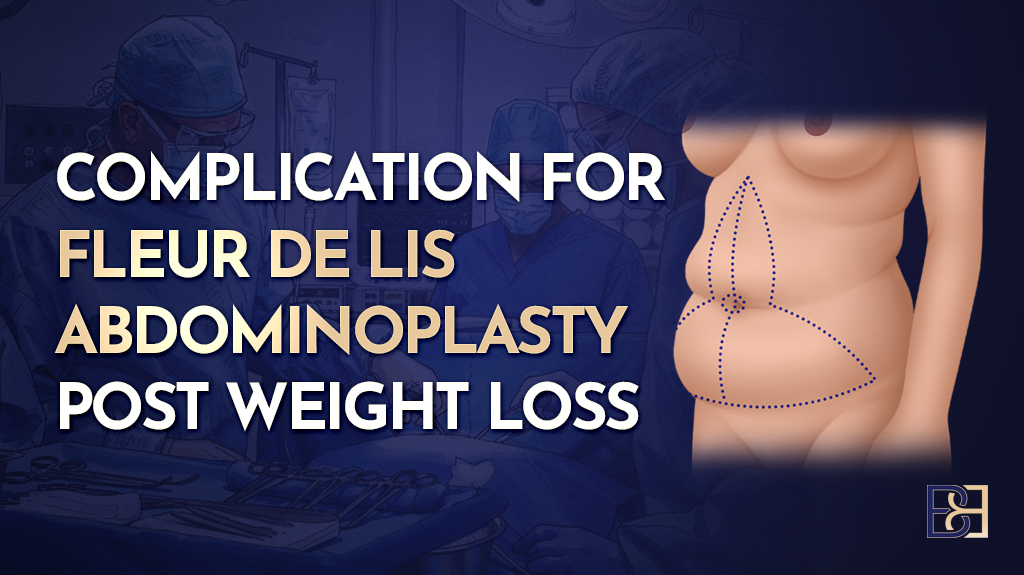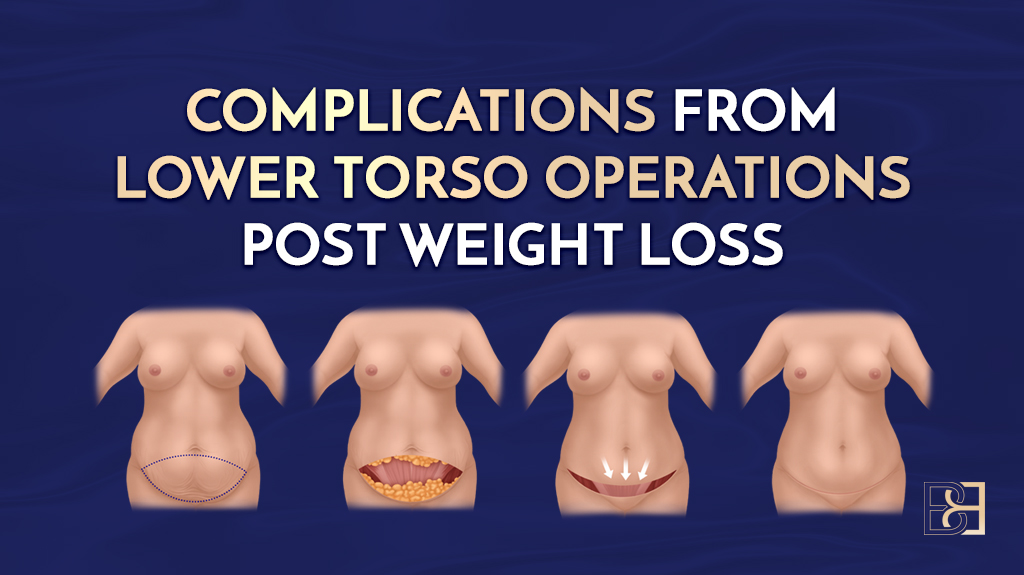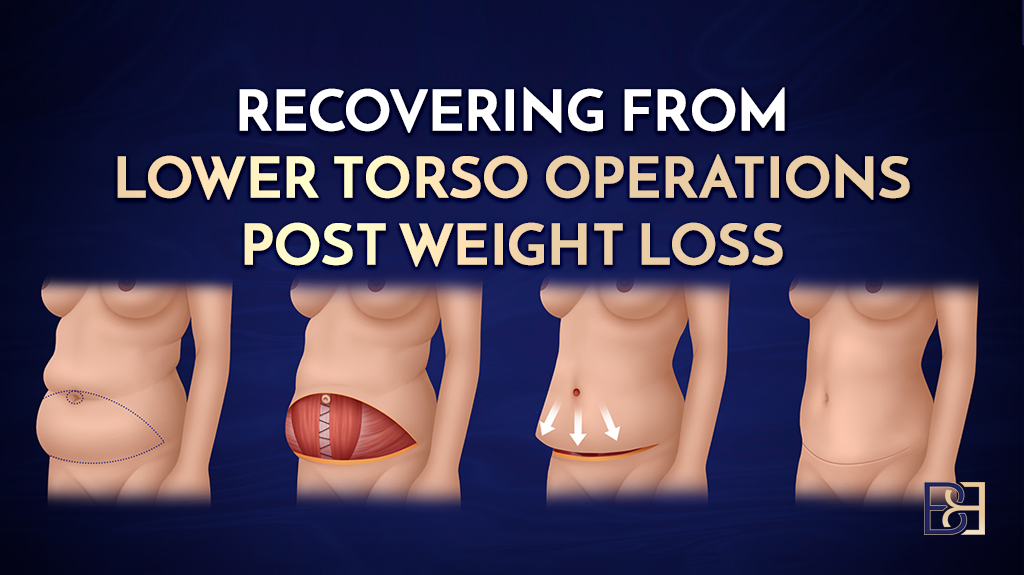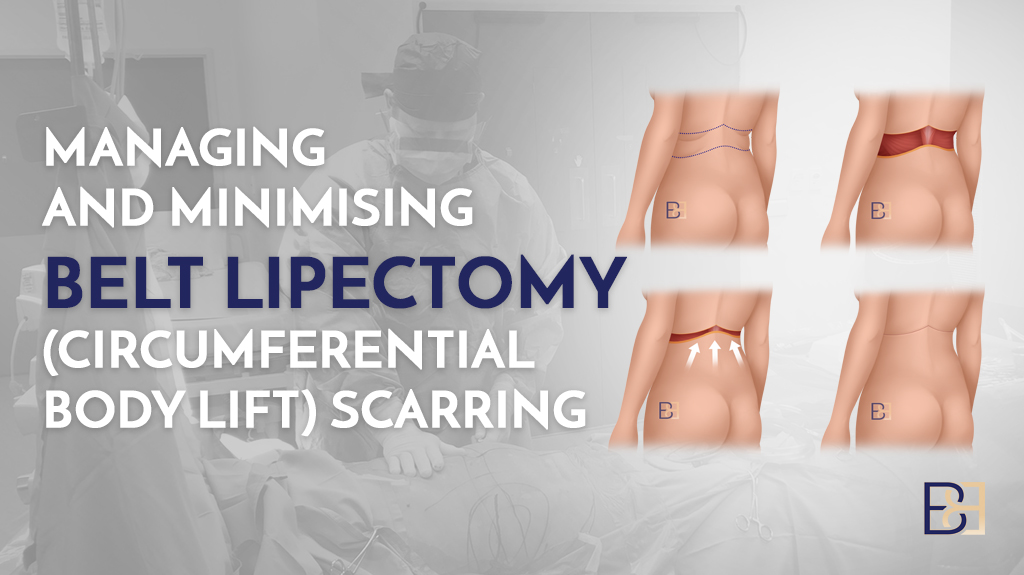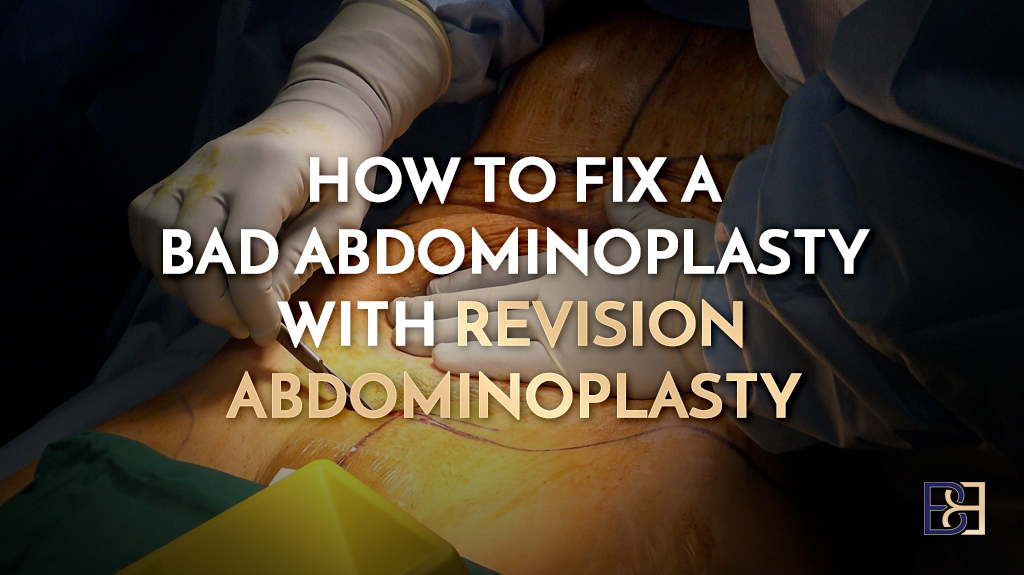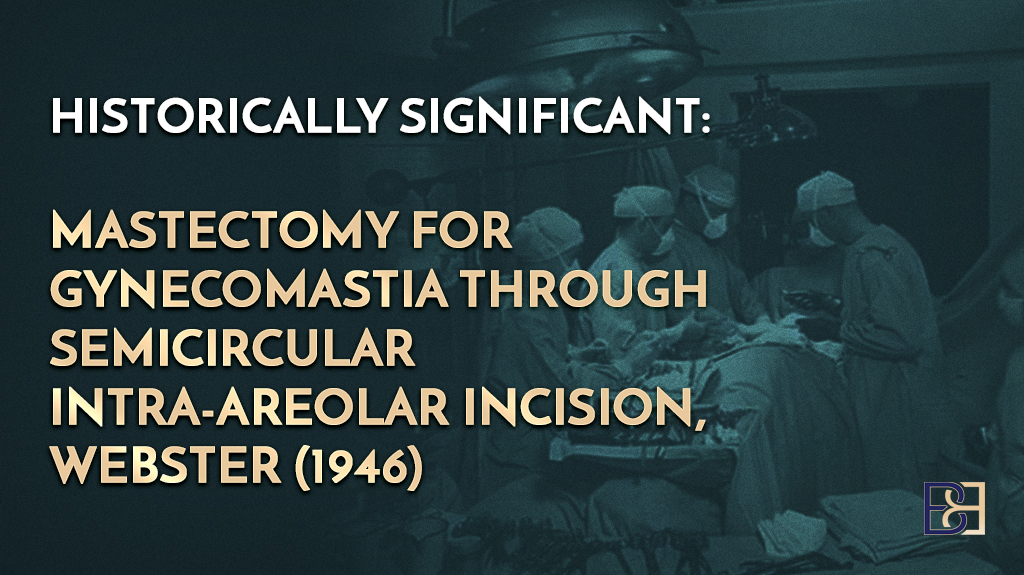Complication for Fleur de Lis Abdominoplasty Post Weight Loss: Evidence-Based Insights from Recent Studies
A Fleur-de-Lis abdominoplasty (also known as a Fleur-de-Lis tummy tuck) is a major surgical procedure designed to remove excess skin and tighten the abdominal wall following significant or massive weight loss or major weight loss. This type of reconstructive surgery is particularly beneficial for post-bariatric surgery patients who have undergone

